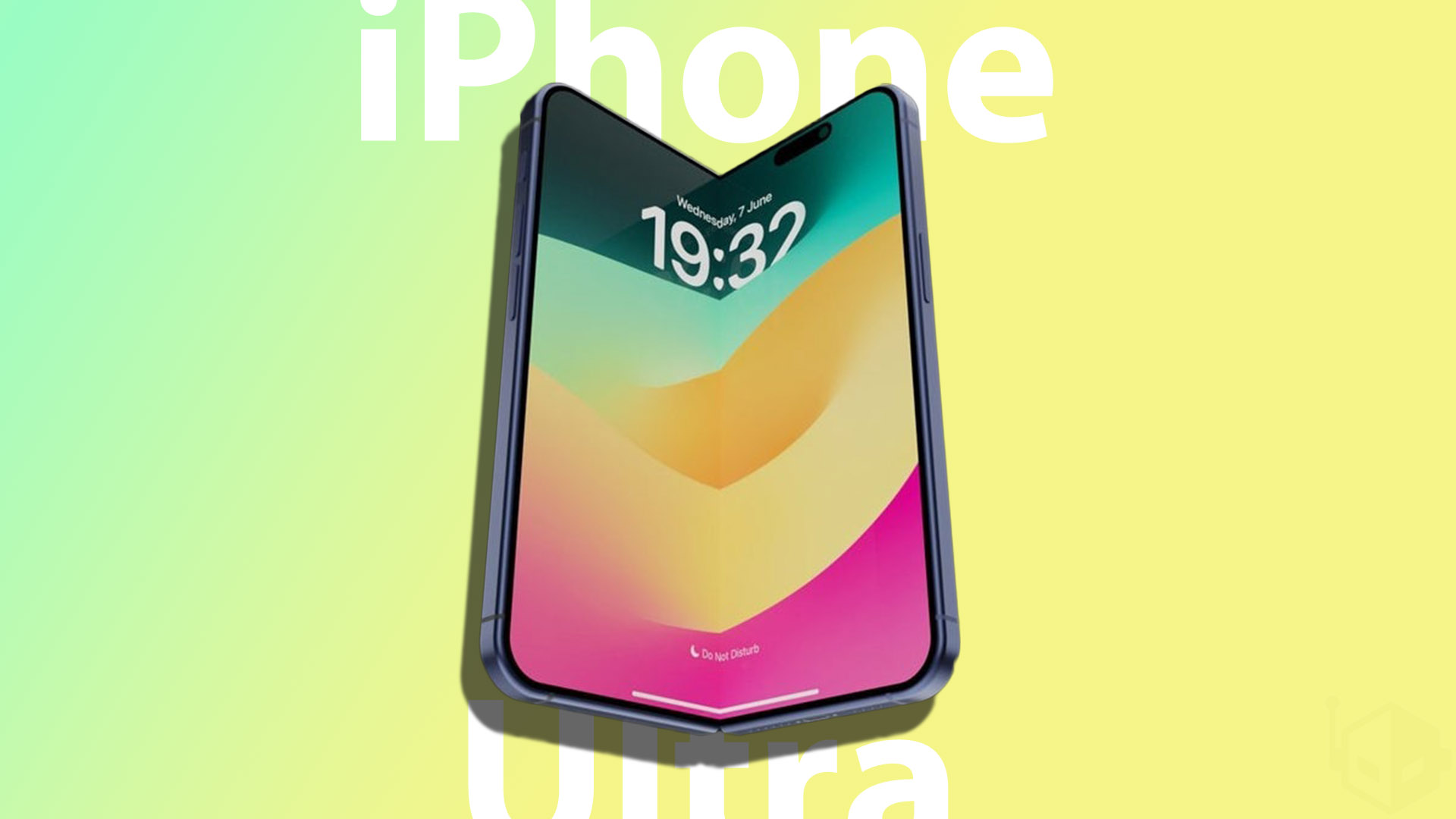Apple’s highly anticipated foldable iPhone is already making waves with predictions about its production costs and potential retail price. According to the latest analysis, the Bill of Materials (BOM) for the foldable iPhone is expected to be $759, which is just $40 less than the price of the base iPhone 16 in the U.S. 
However, Apple’s manufacturing process for the foldable device is far more complex, which means it will likely come at a significantly higher retail price to maintain Apple’s profit margins.
One of the main drivers behind the high production cost is the company’s efforts to solve the long-standing challenge of eliminating visible creases in foldable smartphones. Apple is reportedly exploring methods to tackle this issue, such as using metal plates supplied by Korean company Fine M-Tec, which will be attached to the OLED panels via laser drilling. This will help prevent damage and creases from forming during use. Additionally, the company may also consider using thicker, chemically treated front glass to improve durability.
UBS analyst J. Yoon’s simulation suggests that the retail price of the foldable iPhone could range from $2,000 to $2,400, depending on the final specifications. Despite the potential compromises, such as a downgraded A-series chip, memory, and camera, the foldable iPhone is still expected to generate a healthy gross margin of 58-64%. For comparison, the iPhone 16 has a gross margin of just 47%. Even with these trade-offs, the foldable iPhone will be a premium product, with some analysts suggesting a price range of $2,000 to $2,500.
One possible compromise that could disappoint potential buyers is the rumored omission of Face ID, which may be removed due to design limitations. Whether this will become a reality remains to be seen, but Apple fans will no doubt be eager to see how the final product shapes up in 2026.